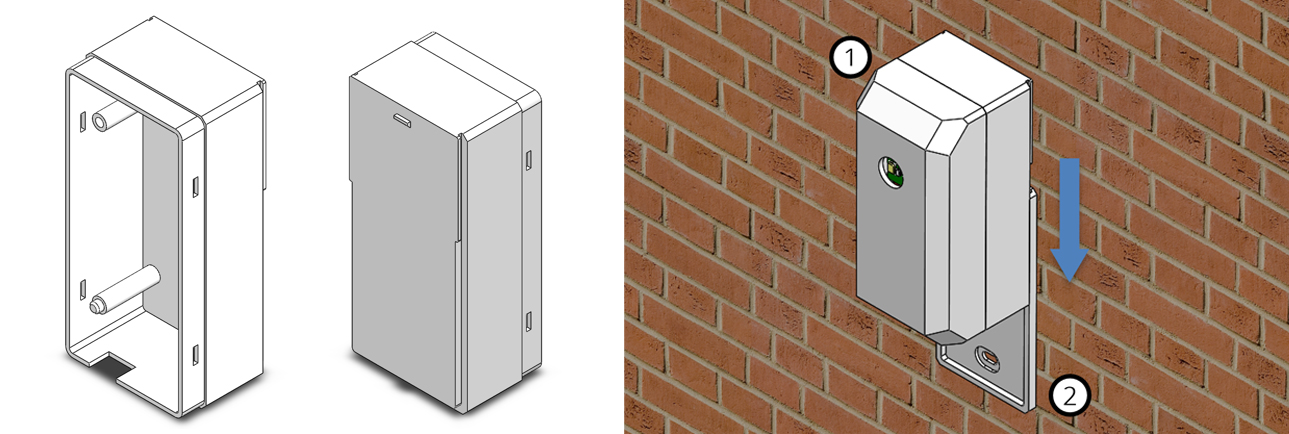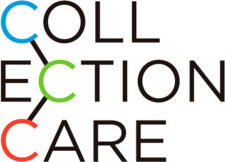The last iteration of the “basic sensor node” is ready for deployment in the exhibition and storage rooms of the CollecionCare museum partners.
CollectionCare’s sensor node prototype has been designed to measure temperature, humidity, visible light and UV radiation which are the main degradation agents of cultural objects considered in the project (canvas paintings and paper, wood and metal objects). This information is sent to the cloud using low-power wide-area network (LPWAN) technologies, specifically LoRaWAN and Sigfox. Thanks to the use of Sigfox technology, this sensor can be deployed without requiring extra infrastructure, simplifying the installation by non-specialized personnel.

This basic sensor node will be placed near by the object under monitoring with the help of an enclosure designed to protect the electronics, battery and sensors.
Among others, the purpose of the collected data is to be automatically evaluated with European standards for preventive conservation such as the EN 15757: 2010 Conservation of Cultural Property-Specifications for temperature and relative humidity to limit climate-induce mechanical damage in organic hygroscopic materials and EN 16163: 2010 Conservation of cultural property – Exhibition lighting of cultural property. Data will also be correlated with degradation models available in the cloud infrastructure of CollectionCare and that are being developed for a series of materials (paper, canvas paintings, metals and wood). The materials studied are those present in selected objects that are being monitored in the partner collections, which have also provided environmental data collected throughout the years.
The last months imposed a huge challenge in the refinement of this version of the sensor node due to the lock down and the impossibility to access lab facilities. This forced us to use a 3D-printed prototype not initially planned to continue with the development, as it can be seen in the following picture.

Previous prototypes of these sensors were deployed at Museo delle Origini in Rome and Museu d’Informàtica in Valencia where the possible deployment protocols were also checked. The group will perform the first installation in Fine Arts Museum and Arms Museum of Diputación Foral de Álava and in Royal Danish Collection in Rosenborg when traveling is again possible.
This “basic sensor node” is a proof of concept of part of the project. We are working with the next inspection in mind, improving the weak aspects found and introducing important developments such as better wireless behavior, smaller node size, and adding air pollutants and vibration sensors among others.
